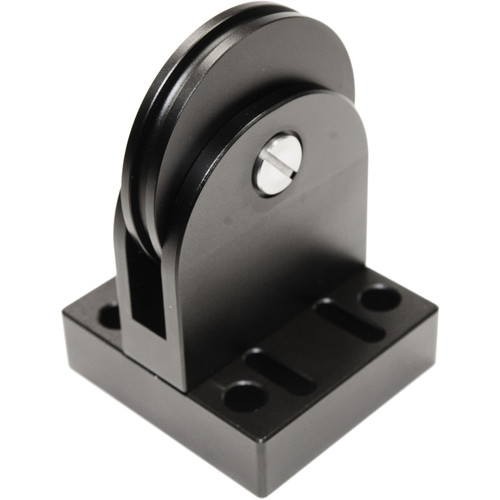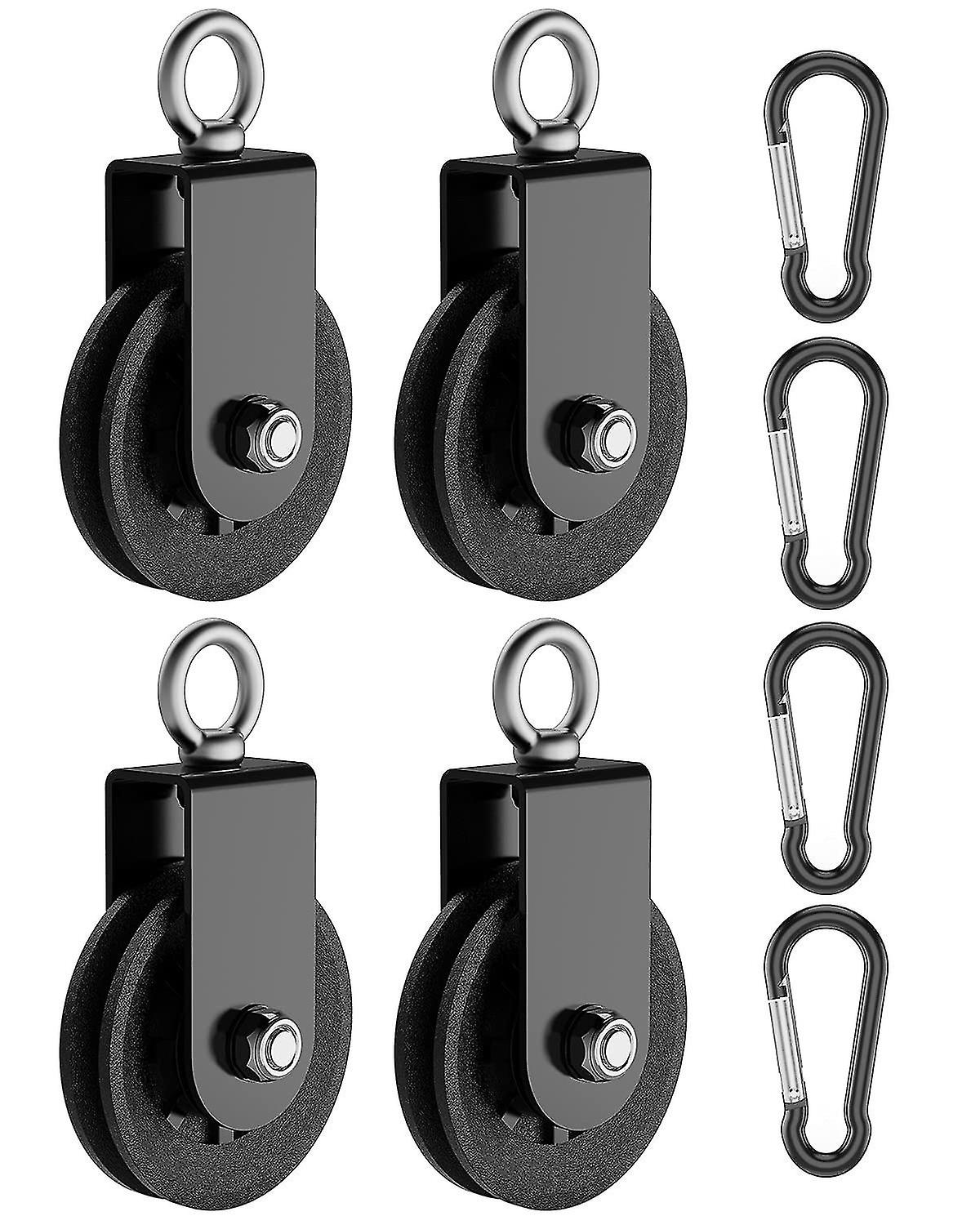Product Description
Detailed Photos
Customization process:
Scheme design – Product sampling – Scheme confirmation – Sample confirmation – Batch production – Quality inspection and shipment
Product Description
Different sizes, different uses, any choice
Can be customized according to the diagram
Selecting thick and waterproof materials
SUS304 stainless steel material is not easy to rust, sturdy and firm
Other materials can be consulted with customer service
Wide range of use
Corrosion resistance, good toughness, and high temperature resistance
Sliding doors, moving, lifting slings, etc
Product Parameters
| Product Name | Product Material | Product Style | Product Size | |
| Stainless steel track wheel | 201/304 stainless steel | Consulting customer service | Consulting customer service | |
Due to too many product specifications and models, they cannot be displayed 1 by 1 on the front desk. Specific specifications are required
The model can be consulted with customer service.
Company Profile
FAQ
system certification:
ISO 9 , GMP , BSCI , BRC , SA 8000 , QHSE , HACCP , BS 25999-2 , ISO 13485 , EICC , ANSI/ESD , SEDEX , ISO 22000 , AIB , WRAP , GAP , ASME , ISO 29001 , BREEAM , HQE , SHE Audits , IFS , QSR , ISO 50001 , LEED , PAS 28000 , FSC , ISO 10012 , ISO 17571
Industrial Belt:
HangZhou Steel Wire
/* January 22, 2571 19:08:37 */!function(){function s(e,r){var a,o={};try{e&&e.split(“,”).forEach(function(e,t){e&&(a=e.match(/(.*?):(.*)$/))&&1
| Certification: | CE |
|---|---|
| Pulley Sizes: | Type C |
| Manufacturing Process: | Forging |
| Samples: |
US$ 50/Piece
1 Piece(Min.Order) | Order Sample customize
|
|---|
.shipping-cost-tm .tm-status-off{background: none;padding:0;color: #1470cc}
|
Shipping Cost:
Estimated freight per unit. |
about shipping cost and estimated delivery time. |
|---|
| Payment Method: |
|
|---|---|
|
Initial Payment Full Payment |
| Currency: | US$ |
|---|
| Return&refunds: | You can apply for a refund up to 30 days after receipt of the products. |
|---|
What is the role of wire pulleys in maintaining proper tension in cable-based systems?
Wire pulleys play a crucial role in maintaining proper tension in cable-based systems. They help distribute and manage the tension in the cables, ensuring smooth and efficient operation. Here’s a detailed explanation of the role of wire pulleys in maintaining proper tension:
1. Load Distribution:
Wire pulleys help distribute the load evenly across the cables in a system. As the cables pass over the pulleys, they change direction, which spreads the tension along the length of the cables. This prevents excessive stress and strain on any specific section of the cables, promoting uniform tension distribution.
2. Directional Change:
Wire pulleys facilitate changes in the direction of the cables. By redirecting the cables, pulleys allow for efficient routing and alignment, ensuring that the cables follow the desired path. This is particularly important in complex cable-based systems where cables need to navigate around obstacles or change directions at different points.
3. Tension Adjustment:
Wire pulleys enable tension adjustment in cable-based systems. By altering the position of the pulleys or changing the number of pulleys in the system, the tension in the cables can be adjusted as needed. This flexibility allows for fine-tuning the tension to achieve optimal performance and stability in the system.
4. Cable Retention:
Wire pulleys help retain the cables in their proper position. The grooved or contoured surface of the pulleys prevents the cables from slipping or coming off their intended path. This is particularly important in applications where maintaining cable alignment and position is critical for the system’s functionality and safety.
5. Friction Reduction:
Well-designed wire pulleys minimize friction between the cables and the pulley surfaces. Reduced friction helps to prevent excessive wear on the cables and reduces the energy required to move the cables. This results in smoother operation, lower power consumption, and less strain on the entire cable-based system.
6. Cable Protection:
Wire pulleys provide protection to the cables from external elements. The pulley’s smooth and rounded surfaces prevent sharp bends or kinks in the cables, reducing the risk of cable damage or fatigue. Additionally, pulleys can be designed with coatings or materials that offer resistance to corrosion, abrasion, or chemical exposure, further safeguarding the cables.
7. System Stability:
By maintaining proper tension in the cables, wire pulleys contribute to the overall stability of the cable-based system. Balanced tension prevents slack or excessive stretching of the cables, ensuring that they maintain the desired position and alignment. This stability is crucial for the system’s performance, reliability, and safety.
It is important to select wire pulleys that are appropriately sized, rated for the intended load, and compatible with the cable diameter and construction. Regular maintenance and inspection of the pulleys are also necessary to ensure they remain in good working condition and continue to perform their role effectively.
By utilizing properly designed and installed wire pulleys, cable-based systems can maintain optimal tension, promoting efficient operation, longevity of cables, and overall system reliability.
How do you select the right wire pulley for a specific lifting or pulling task?
Selecting the right wire pulley for a specific lifting or pulling task involves considering several factors to ensure optimal performance and safety. Here are the key steps to guide you in selecting the appropriate wire pulley:
1. Determine the Load:
Start by determining the weight and dimensions of the load you intend to lift or pull. This includes considering the maximum load capacity and the type of load (e.g., solid object, liquid, or bulk material). Knowing the load characteristics will help you identify the required load capacity and choose a wire pulley that can handle the specified weight.
2. Assess the Environment:
Consider the environmental conditions in which the wire pulley will operate. Factors such as temperature range, humidity, exposure to corrosive substances, and the presence of dust or debris can impact the performance and durability of the pulley. Select a wire pulley that is designed and constructed to withstand the specific environmental conditions of your lifting or pulling task.
3. Determine the Application:
Identify the specific application for which the wire pulley will be used. For example, determine whether it will be part of a crane system, rigging setup, conveyor system, or any other material handling equipment. Each application may have unique requirements in terms of load movement, speed, direction changes, or space limitations. Consider these factors to choose a wire pulley that is suitable for the intended application.
4. Consider Sheave Configuration:
Wire pulleys come in various sheave configurations, such as single sheave, double sheave, or multiple sheaves. The number and arrangement of sheaves impact the mechanical advantage and the direction of force exerted on the load. Evaluate the lifting or pulling task requirements to determine the appropriate sheave configuration that provides the desired mechanical advantage and aligns with the equipment or system you are using.
5. Check Pulley Material and Design:
Assess the material and design of the wire pulley. Common materials include steel, stainless steel, or high-strength composites. Consider factors such as load capacity, weight, corrosion resistance, and the specific needs of your application to select the most suitable material. Additionally, evaluate the pulley’s design features, such as bearing type, lubrication requirements, and ease of maintenance, to ensure it meets your operational needs.
6. Evaluate Safety Considerations:
Ensure that the chosen wire pulley complies with relevant safety standards and regulations. Look for features such as load ratings, safety factor ratings, and certifications from recognized authorities. Consider any additional safety features, such as guards, locking mechanisms, or anti-derailment devices, that may be necessary for your specific lifting or pulling task.
7. Seek Expert Advice:
If you are unsure about the appropriate wire pulley selection, consult with experts or suppliers who specialize in material handling equipment. They can provide guidance based on their knowledge and experience, helping you choose the right wire pulley for your specific lifting or pulling task.
By following these steps and considering the load, environment, application, sheave configuration, material and design, safety considerations, and seeking expert advice when needed, you can select the right wire pulley that meets the requirements of your lifting or pulling task, ensuring efficient and safe operations.
How does the design of wire pulleys contribute to their functionality and durability?
The design of wire pulleys plays a crucial role in their functionality and durability. Here are some key design factors that contribute to the performance and longevity of wire pulleys:
1. Grooved Wheel or Sheave:
The grooved wheel or sheave in a wire pulley is designed to provide a smooth surface for the wire or cable to pass over. The groove helps guide the wire and prevents it from slipping off the pulley during operation. A well-designed and precisely machined groove ensures proper alignment and contact between the wire and the pulley, minimizing friction and reducing wear on the wire.
2. Bearing Systems:
High-quality wire pulleys often incorporate bearing systems to reduce friction and ensure smooth rotation. Bearings, such as ball bearings or roller bearings, allow the pulley to rotate freely with minimal resistance. This design feature not only improves the efficiency of the pulley system but also reduces wear on the pulley and wire, enhancing the overall durability.
3. Materials Selection:
The choice of materials for the pulley’s construction significantly impacts its durability. Strong and durable materials, such as steel or stainless steel, are often used to withstand heavy loads and resist wear and corrosion. Additionally, the selection of materials can also consider factors such as weight reduction (using lightweight materials like aluminum in certain applications) or noise reduction (using low-friction plastics like nylon).
4. Load-Bearing Capacity:
The design of wire pulleys takes into account the anticipated load-bearing capacity. The pulley’s structure, including the size and thickness of the wheel, the diameter of the groove, and the overall construction, is engineered to handle the expected loads without deforming or failing. Proper load-bearing capacity ensures that the pulley can withstand the forces exerted on it and maintain its functionality and integrity over time.
5. Alignment and Stability:
Wire pulleys are designed to maintain proper alignment and stability during operation. The pulley should be securely mounted or supported to prevent unnecessary movement or vibrations. Proper alignment ensures that the wire remains in the groove, preventing it from slipping or coming off the pulley. Additionally, stable and balanced operation minimizes stress on the pulley and wire, enhancing their durability.
6. Maintenance and Accessibility:
Consideration for maintenance and accessibility is also important in the design of wire pulleys. Easy access to the pulley for inspection, lubrication, and potential replacements or adjustments simplifies maintenance tasks. Well-designed pulleys often have features that facilitate maintenance, such as removable covers or access points.
By incorporating these design considerations, wire pulleys can optimize functionality, reduce friction and wear, enhance load-bearing capacity, promote stability, and ensure long-lasting durability in various applications.
editor by CX
2024-04-23



